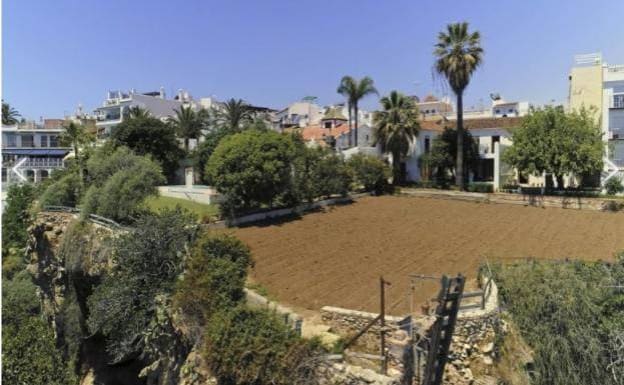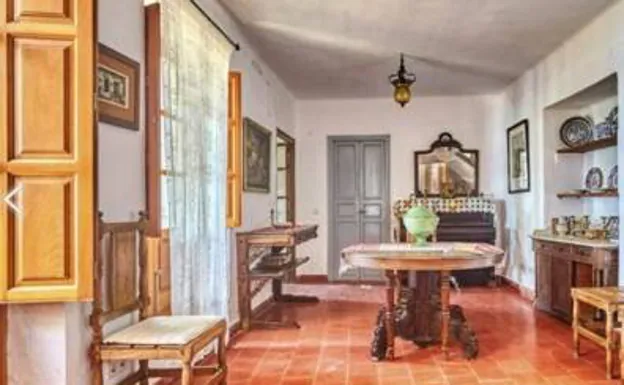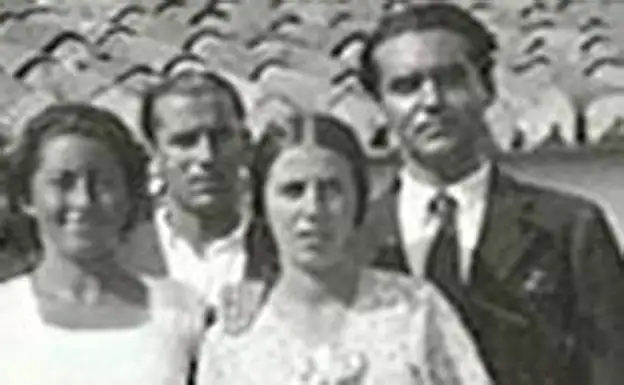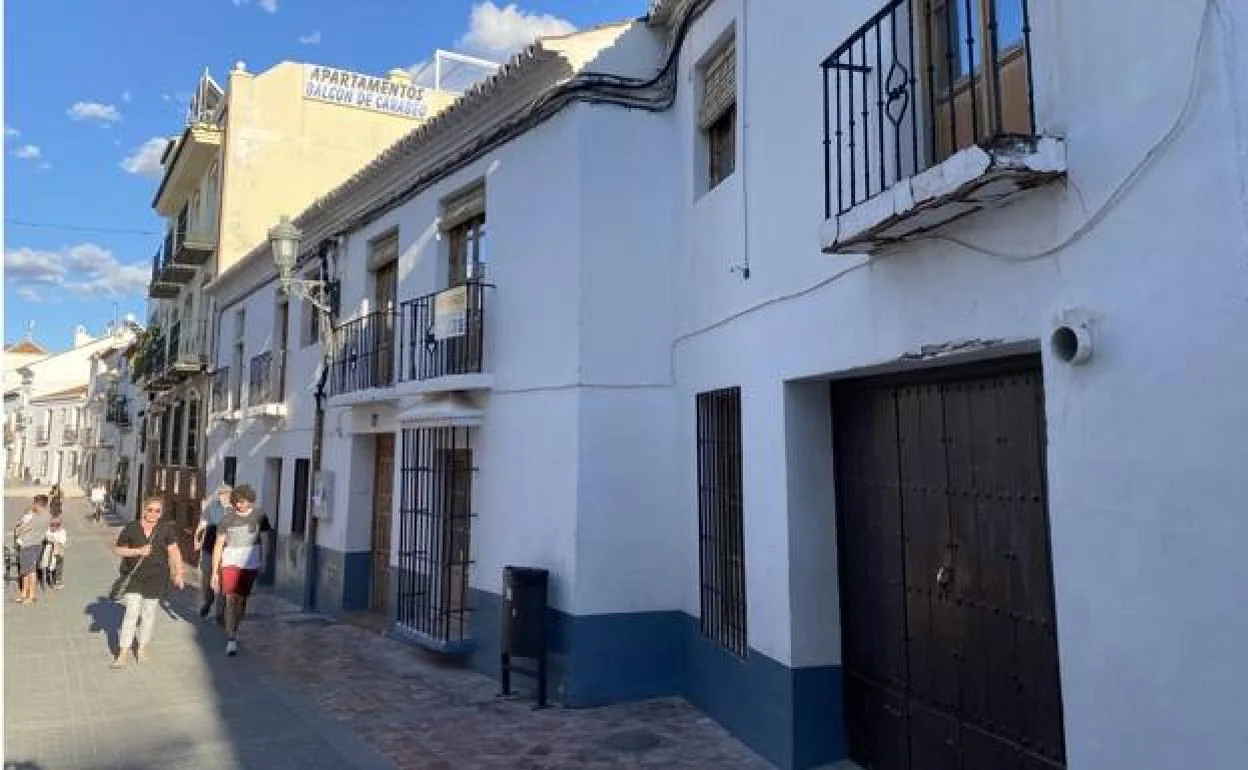Lorca's Nerja summer holiday house is still for sale one year after it was put on the market
The property located in Calle Carabeo is valued at four million euros and boasts 2,190 square metres including the garden
More than 15 months after this newspaper reported that the house at 14 Calle Carabeo, belonging to the family of the poet Federico García Lorca was up for sale, the property is still on the market.
However, the conditions of the sale have changed. In 2020 it was on the market for three million euros, but the amount has risen to four, as the current owners, three of Lorca’s nieces - Isabel, Gloria and Laura - now intend to sell the entire property of 2,190 square metres. Previously it was 1,395, according to the estate agent Jacobo Armero, who has spoken to SUR.
For just over a year Armero has been in charge of showing the house to interested buyers. "It is a very unique property, there is a number of people interested, but it is not a property that is within everyone’s reach," said the architect and estate agent, who acknowledged "the great media expectation" generated by the news in the summer of 2020.
"In reality, it has little to do with Lorca, because although it seems that he did spend some time on holiday there, the house belonged to his sister-in-law and was inherited by her daughters," added Armero.
The house is one of the largest and best-preserved properties in the area. It is more than a hundred years old, is 427 square metres in size, spread over two floors, and has an enormous garden of 2,190 square metres, overlooking the Nerja cliffs.
The poet spent some of his summer days in the house in the 1920s and early 1930s, until his assassination on 18 August 1936. The property had been owned by Lorca's mother, Laura de los Ríos Giner. She was the great niece of Alberto Giner Cossío, a doctor from Vélez-Málaga who arrived in Nerja in 1870 and bought several houses in the area, which at that time was a fishing neighbourhood.
There are a couple of photos on the internet that show Lorca in Nerja during that period, although none confirm that he ever stayed at the house. However, there is a rumour that Lorca himself could be buried in the orchard, but this is something that the family has always denied.
Features of the house
On the ground floor there are two bedrooms, two bathrooms, two living rooms, a kitchen and pantry, covered porch, patio and a garden with swimming pool and carport. The upstairs boasts six bedrooms, two bathrooms, two living rooms and two terraces.
"The house preserves all the spirit and traditional flavour of the original constructions of Nerja. It is in a good state of repair and has been maintained and updated as necessary," described the estate agent.
The garden is divided into two parts: an allotment area where sweet potatoes are often grown and a meadow where the swimming pool is located. "The sweet potato garden is one of the last of its kind in the Nerja. It is looked after by a local market gardener," explained Armero.
He went on to say that the Nerja sweet potato "has always been one of the most famous on the coast." He said that they were traditionally sown between San Isidro, in mid-May, and San Juan, at the end of June, and harvested in October, in order to have the sweets and pastries ready for All Saints Day on 1 November. According to Armero, the gardner responsible for the upkeep of Lorca's property still harvests the crop this way. There are also several trees, including Washingtonian palms and a mulberry.
Isabel García-Lorca, in conversation with SUR, did not want to go into the reasons that led the family to put the property up for sale. "We have our reasons, but we don't want to add anything, it's a personal matter," she said. "Many things have been published that are not true. It is not clear that the photos that are circulating on the internet are of Nerja; there are many places on the Costa del Sol,” she added.
The association La Volaera, whose aim is to protect and promote the historical and cultural heritage of Nerja, wants the town hall to buy the property and use it as a cultural centre focusing on the Generation of '27 (an influential group of poets that arose in Spanish literary circles between 1923 and 1927 of which Lorca was one) and the beginnings of tourism in the town.




